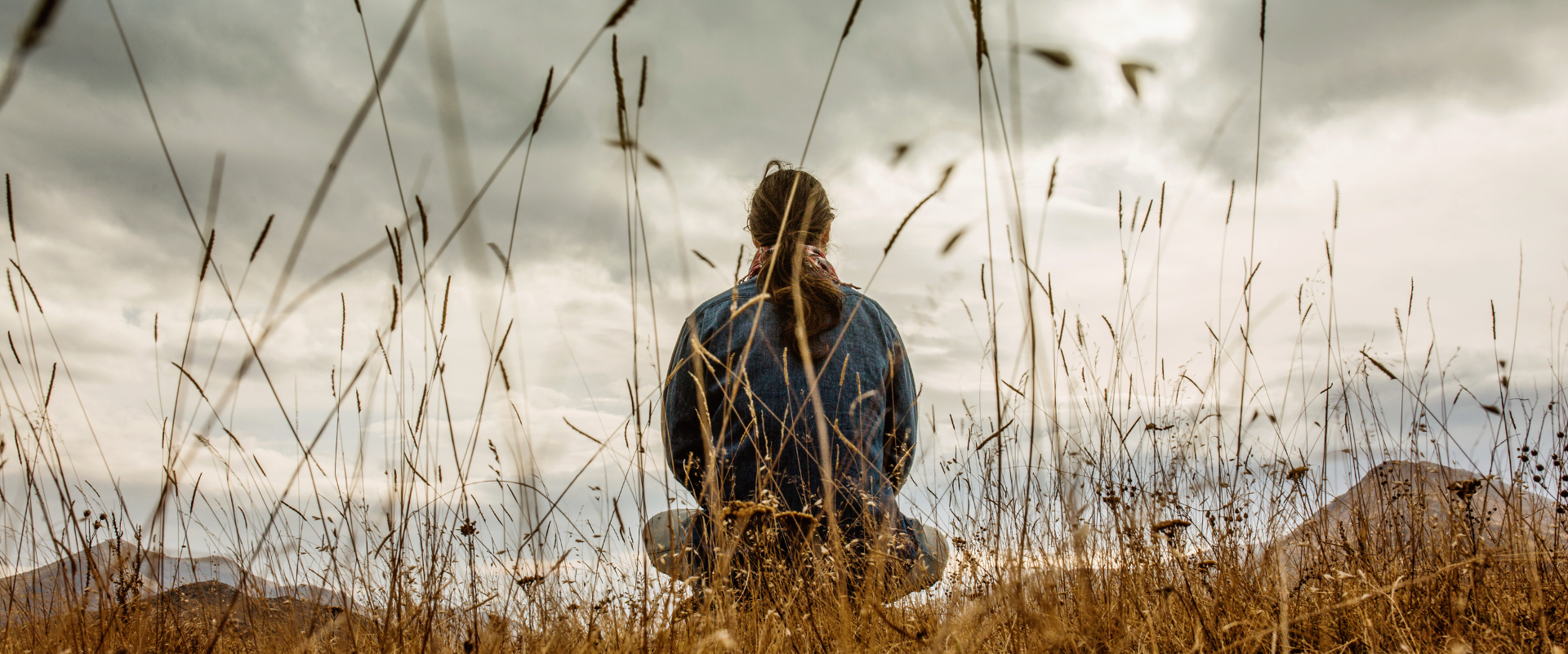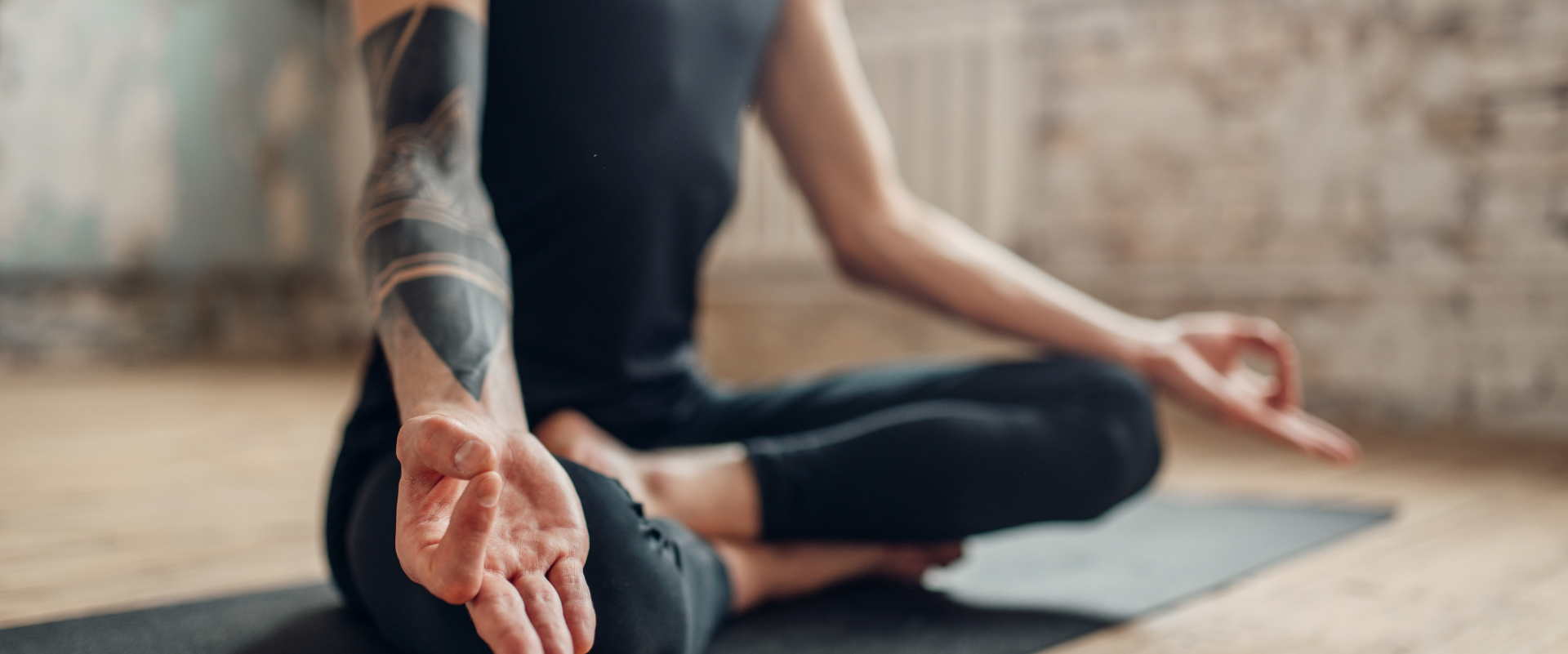Brahmacharya and Svadhyaya
Internal Observance and Study
In our exploration of the air element, expressed in our practice through the 6th and 7th limbs of yoga, dharana (concentration) and dhyana (spontaneous meditation), in vijnanamaya kosha, we allow a demulsification of intelligence and ego.
In the sometimes cluttered headspace of our minds, the yamas and niyamas help me prioritize mental well-being and separate truth and love from bullshit and fear. This month, we continue our exploration of the spiritual groundwork of yoga philosophy by examining the fourth yama and niyama, brahmacharya and svadhyaya, respectively:
- The fourth yama is brahmacharya, which refers to the right use of our energy and listening to our bodies and minds in a way that is based on internal truth and understanding instead of external observance.
- The fourth niyama is svadhyaya, which means to study the self and observe the linkages between our actions, emotions, and thoughts.
What is it to Study the “Self”
Together, brahmacharya and svadhyaya create an environment of thoughtful self-reflection. Through our elemental practice, we attempt to shed the thoughts, stories, identities, & attachments that are falsely suggested by our ego mind to be our “self” but when questioned by our intelligent mind only serve to distract us from our path towards our true soul. We utilize the body to access the nervous system & calm any imbalances present. In doing this through the eight limbs of yoga, we shed that which is not an eternal truth, that which weighs us down & clouds our judgment. That which we cling to out of fear, pride, or attachment, but does not serve us. What is left is eternal. What is left is our true nature. That is, our soul.
By practicing different postures, breathing, & meditation techniques, we utilize the vehicle of the body, the physical, to target the nervous system & internal processes, the non-physical, in an attempt to balance those fluctuations via the body-mind connection. In our ropes practice, we attempt to increase our sense of grounding. Much of the practice is about surrendering the tension in our physical bodies in order to surrender the tension in our mental & emotional bodies. We unite & harmonize our five koshas of being & are able to express our truth.
Being a spiritual being living in a material world, we often choose to identify with aspects of the material world, which are constantly in a state of flux. In doing so, we misidentify our true nature. It may provide temporary comfort, a sense of “knowing”, which, short-term, can feel very grounding. But grounding through false certainty is not truly grounding at all. In fact, attaching to & associating with our illusion of false truths is an active ignorance of true reality, & we are taken further from what is true. When operating in our ego mind, we are comforted by this sense of control, of “knowing”, despite being false. We, therefore, continue distracting ourselves with that which we deem to be true, instead of getting to the root of reality & experience itself, which inherently cannot be known, only felt. This is uncomfortable, & hard, & does not satisfy that desire to control, so we often & frequently do our best to not think about & ignore it.
When our ego takes over, we lose our sense of grounding & become ignorant of our true soul, that which is eternal & infinite. When we accept the ego’s suggestive nature as truth, we are left with emotional hardships, unquenchable desires & thirst to consume more, to fill that void we all feel inside of us. The lack of knowledge of who we are & fear of the unknown is present inside each & every one of us. In meditation, we humbly accept that as a matter of perspective, we are inherently partial. We are part of the greater whole. We are also united in this matter.
Mental Health and Finding Strength in Vulnerability
As it pertains to the nourishment of our mental and physical bodies, allowing this flow of energy in place of the staleness of stagnation creates a beautiful opportunity for transformation. The soul of our internal energetic experience manifests into our physical external expression, with the nervous system acting as the energetic communication between our mind and body. Becoming aware of our thoughts, emotions, and beliefs and how we somatically embody and carry the emotions that are running through us can be a powerful practice of svadhyaya, of self-study.
Overcoming the initial discomfort of addressing and realigning or releasing these tensions becomes our practice of brahmacharya, or the efficient use of energy. Re-directing our energy towards loving compassion in place of avoidance and fear offers us renewal. To enter each day, each moment, each experience, anew.
At first, surrendering our pursuit of control, despite being rooted in false assumptions, can feel scary. The term itself has connotations of weakness and vulnerability. We are taught that from a very young age – that to be tender and delicate is a risk. Instead, we are told each day that we need to be strong. Strong against what? Is it not more taxing and damaging to feel the need to constantly defend against any one thing that could happen? To guard against any one person that could hurt us? What moments do we miss by choosing to live that way? What people do we push away or hurt? What opportunities do we misplace because we are ignorant of their presence, distracted by this consuming imposition of fear?
Would we not be mentally stronger to live in balanced moderation of hope? Finding our strength in vulnerability allows us to place the daily burdens of fear at the door as we step into the world authentic, unguarded, and free.
In the air element, we become a bit lighter. The challenge in this practice, in our application of brahmacharya and svadhyaya, is not to continue to build upon and reinforce our defenses. Rather, the challenge is to find strength in our vulnerability. Can we find the strength to surrender those heavy defenses? To walk unguarded and unshielded in our messy, tangled, existence?
Blessings to my journey, and to yours.




